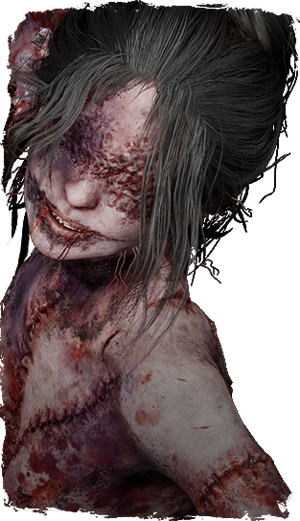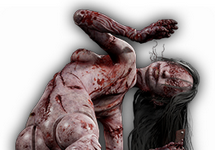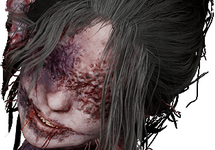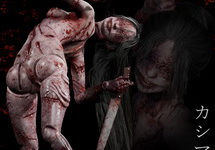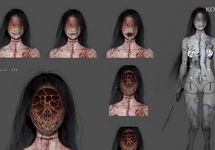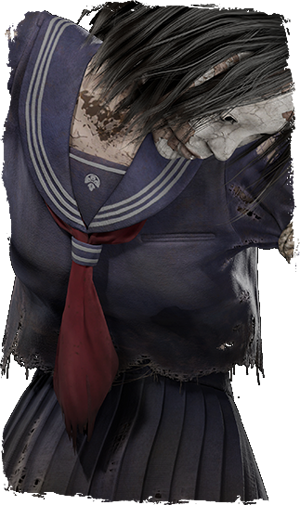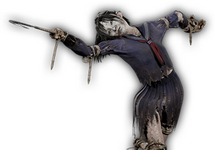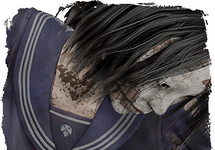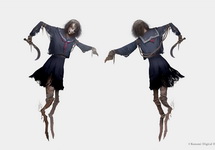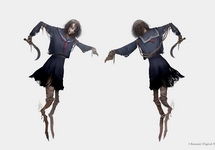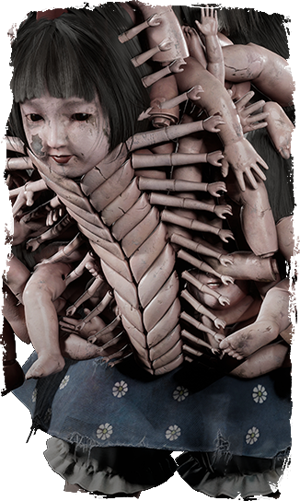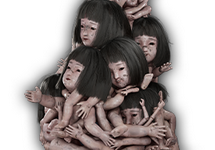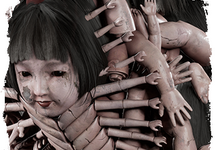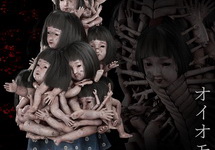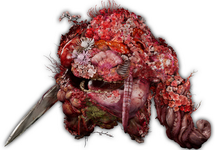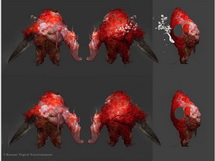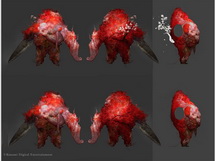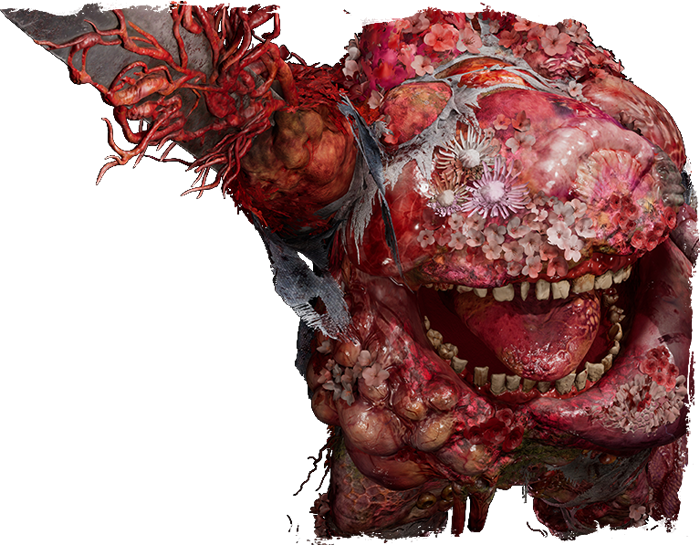
Name Meaning:
Ara (あら) is s a Japanese interjection that can express a range of emotions, including surprise ("Oh my!", "Well, well!"), concern ("Oh dear!"), or even a sense of playful acknowledgment. In certain contexts, it can also suggest something "rough" or "wild." Abare (あばれ) comes from the verb abareru (暴れる), which means "to rage," "to rampage," or "to become wild". Combining these, "Ara-abare" strongly implies a creature that is wild, rampaging, and violent, possibly with an element of shocking or startling appearance.
Description:
Giant, fleshy mass, infused with or covered in red spider lilies (higanbana). This monstrous appearance, combined with their name's meaning of "wild" or "rampage," suggests a creature of immense, chaotic, and destructive force. |
